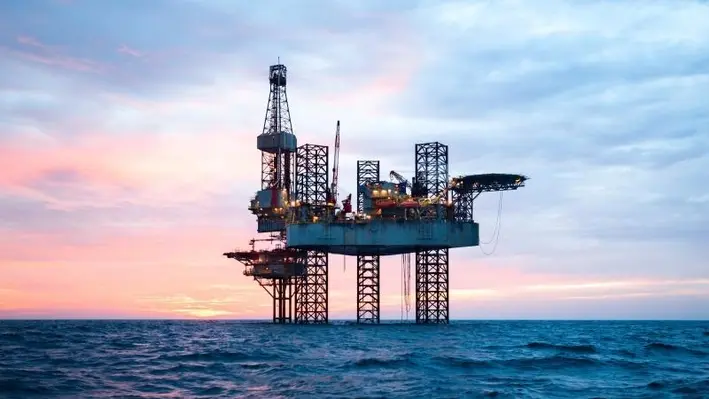

Expro, a provider of energy services, has acquired 100% of Distributed Fiber Optic Sensing (DFOS) company, SolaSense Ltd.
Based in the UK, SolaSense’s well surveillance technology features portable processing software and an enhanced visualisation interface for delivering near-real-time analysis of distributed acoustic sensing (DAS) / distributed temperature sensing (DTS) data at the well site. This allows well characteristics to be readily recognised and evaluated, avoiding the shut-in of wells for extended periods and minimising lost production.
This acquisition along with Expro’s 50 years of well intervention and integrity experience, will allow the company to meet industry demand to provide customers with a one-stop-shop service for the in-depth evaluation of the entire well and also the provision of any subsequent remediation solutions. Expro’s DFOS offering monitors dynamic behaviour in the well, providing a health check of the well and an accurate diagnosis of any well and reservoir issues.
Compared to traditional completion deployed applications of fibre optic technologies, DFOS can be deployed thru-tubing and used to analyse and evaluate well performance and integrity within hours of the completion of the survey providing greater insight into the dynamic behaviour of the well, to help customers make important time-sensitive decisions. Supported by DFOS, it can provide an enhanced cased hole offering integrated slickline mechanical services all within Expro.
Steve Russell, Expro’s Chief Technology Officer, commented, “We are committed to delivering cost-effective, innovative technologies and solutions, and best-in-class safety and service quality performance to our customers, all while advancing our commitment to creating a more sustainable business and lower carbon future.
“Access to representative well data is key for making informed well performance and integrity decisions. This acquisition allows us to build on our existing well intervention and integrity portfolio, leveraging the expertise from both companies to extend our customer’s wells’ lifespan, while reducing time and costs. Led by a highly skilled and dedicated team with extensive industry experience, we look forward to building on our digital solutions and welcoming the SolaSense team to the Expro family,” he added.
John Davies, SolaSense CEO, said, “The SolaSense ambition has always been to see distributed fibre optic logging being used widely as a simple and affordable means of well performance and well integrity monitoring. The integration of SolaSense’s technology and expertise into Expro’s existing global well intervention footprint will fast track the realisation of this ambition, and more importantly, add value for the end customers through the wider uptake of fiber-enabled slickline deployed DFOS surveys. The SolaSense team are very excited about this significant development and look forward to supporting Expro in the fast and efficient expansion of DFOS well logging.”
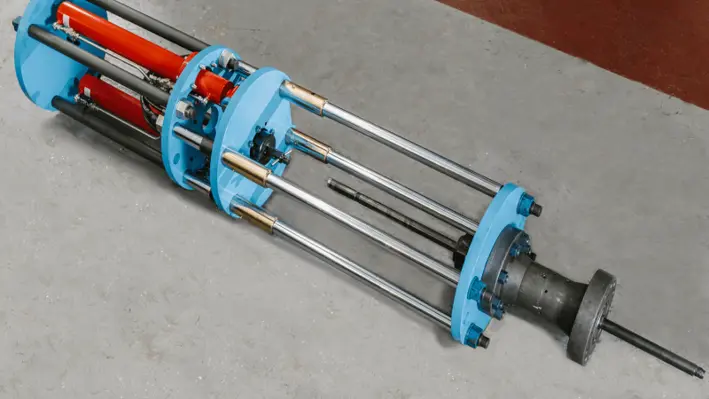

Unity, a provider of well integrity solutions, are supporting a North Sea well decommissioning programme for a major international operator, using its multifunctional Surface Intervention System (SIS).
The SIS has already completed intervention work on the first well, where it was deployed offline to set a shallow bridge plug in preparation for the removal of wellhead equipment. Unity’s standalone technology replaced the need for traditional intervention equipment. It delivered considerable savings to the operator in cost, time and efficiency, by working below deck while plug and abandonment (P&A) drilling operations were ongoing. Compared to traditional methods, the intervention was performed around 60% faster and delivered a cost and personnel package saving of 66%.
During the project, deck space and bed space were limited due to drilling operations, but Unity’s compact SIS technology, which requires just two technicians to operate, provided the ideal shallow intervention solution. The SIS was also said to be easy to accommodate on the platform below the drilling rig in a restricted well bay. The SIS and pressure control package were rigged-up below deck using a small A-frame crane provided by Unity. The plug was set first time and the equipment was rigged down within 24 hours.
Gary Smart, CEO at Unity said, “The SIS has great utility and has been by used several operators for milling, inspection, fracturing and P&A operations, enabling material savings against traditional shallow well intervention techniques. This technology will soon be joining our newly-announced Compact Shear Seal Valve technology, reducing the footprint and weight of the overall system even further.”
The SIS is the first multifunctional shallow well intervention system on the market and combines heavyweight capability within a compact and mobile package. The SIS has a powerful hydraulic motor, driving a push, pull and rotate function which can rival wireline or coiled tubing capability.
Unity has established an impressive well decommissioning project track record which currently extends to over 150 wells with another 230 in the pipeline over the next three years.
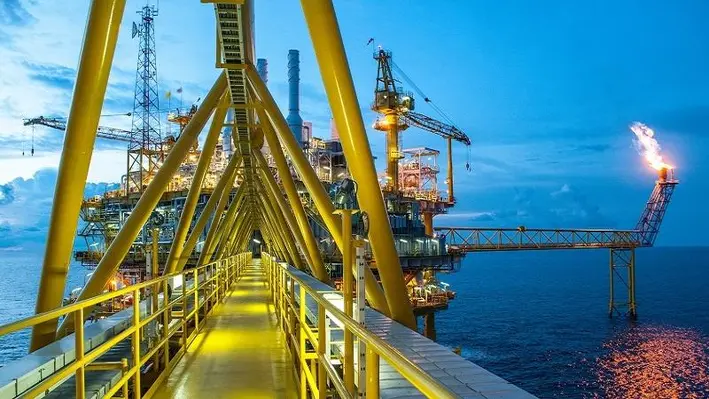

Spirit Energy Production UK Ltd. has awarded Heerema Marine Contractors a contract for removal and disposal services of the operator’s North Sea decommissioning portfolio.
The EPRD (engineering, preparations, removal, and disposal) contract includes both firm work and optional scope that can be called-off by the client. Heerema Marine Contractors will lead its part of the work out of its offices in Leiden (NL) and London (UK). Heerema will cooperate with DeepOcean, the subsea asset removal contractor, to deliver the safe and sustainable decommissioning of the platforms.
The firm scope involves the EPRD of the Audrey A, Audrey B and Ensign platforms, while the optional work includes an additional five platforms in the southern North Sea region of the UK and Dutch sectors.
Following a joint tender submitted in cooperation with DeepOcean Subsea Services Limited, both firms have secured contracts that will be executed under a tripartite collaboration agreement.
Heerema’s scope is to remove and recycle the platform topsides and substructures, while DeepOcean will be responsible for removing and recycling all subsea assets at the relevant fields. The combined weight of the firm scope topsides and jackets is around 7000 metric tons, and will be recycled in the UK. The platforms are located between 23-26 metres of water.
Heerema’s Decommissioning Director, Michel Hendriks, commented, “Decommissioning North Sea platforms is an important component within Heerema’s portfolio, and we are proud to be Spirit Energy’s chosen contractor for the topside and substructure scope. We are also looking forward to working alongside DeepOcean and their team to deliver the safe and sustainable removal of the Audrey A, Audrey B, and Ensign platforms.”
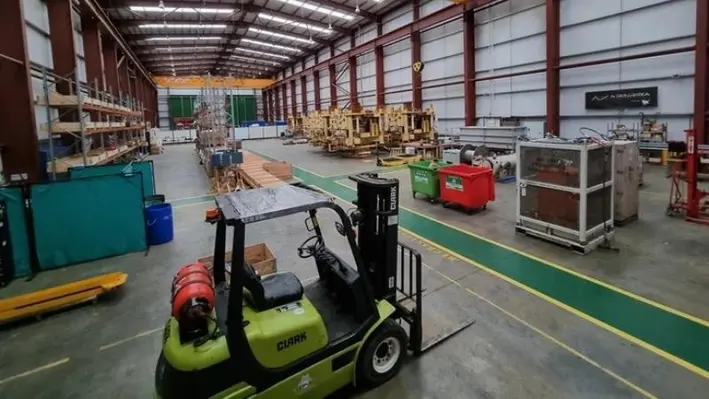

Legasea has successfully secured funding from Scottish Enterprise to develop their 'Shore to Store' service, while creating green jobs.
The project will reduce the carbon footprint of subsea decommissioning operations, by taking subsea equipment that is no longer required, and finding routes to refurbish, recertify, remanufacture and reuse, keeping as many components as possible in use, with a projected annual carbon saving of 10,000 tonnes CO2. Legasea plans to invest UK£1.3mn (US$1.7mn), during the three year project, supported by a UK£187,950 (US$247,516) grant, to be received following the creation of at least six new green jobs.
The project is the conclusion of several years of research and planning conducted by Legasea, involving engagement with a wide range of operators and service companies in the subsea sector, to develop a service which benefits the industry environmentally and economically. Since establishing the company in 2018, Legasea have also consulted with a range of government and industry stakeholders, to ensure that the service is closely aligned with decommissioning and environmental policy, and the company has been awarded a SEPA Waste Management Licence, which permits Legasea to accept range of material, defined as waste, from subsea decommissioning operations.
Legasea workshop
Lewis Sim, Managing Director at Legasea, said, “We are grateful to have received this support from Scottish Enterprise to grow our team and assist with launching the Shore to Store service for the subsea sector. The reception that we have received from across the industry, since establishing the company, has been incredible, and we look forward to continued growth whilst reducing the environmental impact of subsea decommissioning.”
Managing Director of Business Services and Advice at Scottish Enterprise, Jane Martin said, “The Green Jobs Call was established to enable companies like Legasea to create green jobs and support a sustainable Scottish economy. It is great to see this subsea specialist based in Aberdeenshire provide employment opportunities in the North-East of Scotland and highlights the vitality and talent in the area that is driving energy transition.
“Legasea’s shore to store service, with an annual forecast reduction of 10,000 tonnes of CO2 through the process of reusing and recycling components is great news for the environment and the economy. The project also highlights the innovation taking place across the energy industry to transition to a cleaner, greener economy as we drive towards net zero targets too,” Martin added.
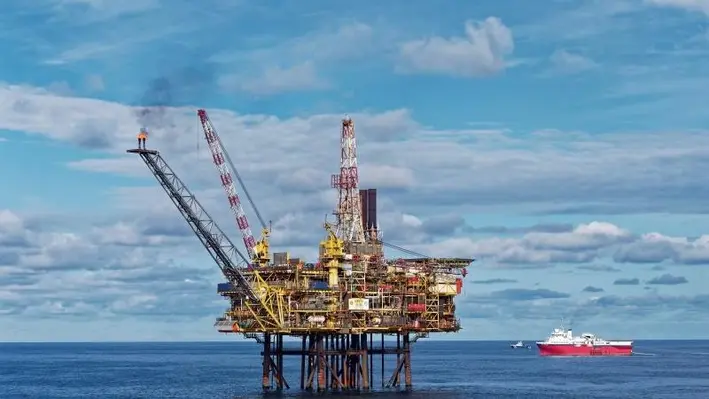

The Net Zero Technology Centre has recently announced the launch of its 2022 Open Innovation Programme aimed at developing and deploying technologies to reduce offshore emissions, accelerate clean energy production, and enable the delivery of the UK’s net-zero ambitions.
The 2022 programme will feature two funding competitions, the first of which is opening in March, 2022 and the second scheduled for October later this year.
Businesses from across the globe can apply for a share of US$9.2mn available in the first competition, with a maximum of US$1.3mn to be awarded to each successful project.
The projects, in order to secure the funding, must support the transition towards net-zero with an obligation of trialling and deploying technology within the UK continental shelf. As well as funding, the projects will also gain access to data, facilities, and technical expertise from the industry. Seven technology focus areas have been identified for the first competition:
Carbon capture, utilisation and storage (CCUS)
Hydrogen and clean fuels
Renewables and energy storage
Zero emissions power
Venting and flaring
Integrity management
Late-life and decommissioning
Digital and data architecture, smart assets and field automation will be included in the technology focus areas within the second US$3.9 funding competition due for launch in October 2022.
Myrtle Dawes, Solution Centre Director, Net Zero Technology Centre commented, “Following COP26, it is clear that we need to urgently focus on accelerating the delivery of technologies that will secure our net-zero ambitions. Our updated funding model will allow us to concentrate on specific technology gaps to develop and commercialise the innovative technologies that are currently in the prototype and demonstration phase and ultimately drive the huge leaps in clean energy innovation that will deliver our 2050 emission reduction targets.”
Scottish Government Economy Secretary Kate Forbes on the competition, “Accelerating efforts to reach net-zero is a priority for this Scottish Government, which is providing US$118mn funding to the Net Zero Technology Centre through the Aberdeen City Region Deal.”
“This funding competition will help the energy sector develop and deploy the innovative technologies required to achieve a just transition for Scotland,” she added.
UK Government Minister for Scotland Iain Stewart said, "The UK Government is investing US$118mn in the centre as part of our broader package of support for the North Sea transition, with a goal of helping the region's energy industry cut emissions by 50% by 2030. This will help bring prosperity and jobs to communities across the region by attracting investment in new facilities, skills and technologies."
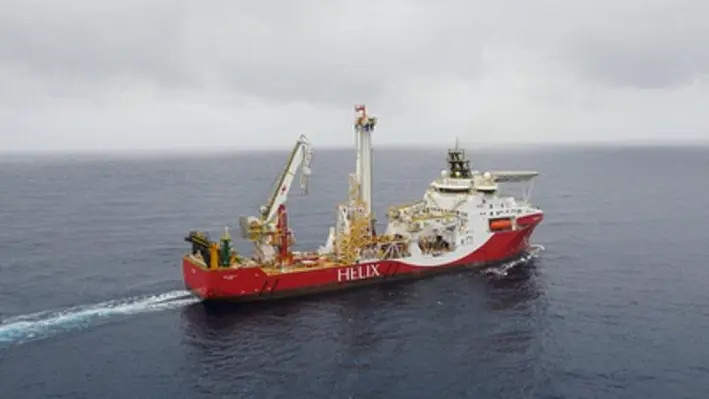

Siem Offshore and Helix Energy Solutions Group Inc, have entered into an agreement for the well intervention Vessels Siem Helix 1 and Siem Helix 2 which replace the existing contracts.
The new firm period will be three years for Siem Helix 1 and 5 years for Siem Helix 2 with subsequent options for both vessels. Commencement will be in direct continuation of present contracts within the first quarter of 2022.
The two vessels are said to be purpose designed, advanced well intervention vessels capable of completing a wide range of subsea projects such as well intervention, decommissioning, top hole drilling, subsea installation work, offshore crane and ROV operations, offshore construction work and emergency response capabilities. Both vessels have a length of 158 metres, a beam of 31 metres and an accommodation capacity for 150 people. They can operate in up to 3,000 metres of water with transit speed in excess of 15 kn.
This extension has reconfirmed Siem Offshore’s important role within the well intervention segment, and the company stated that it is very pleased to see a key client such as Helix Energy Solutions extend their professional relationship.
Total contract backlog for SIOFF is now valued at US$440mn.
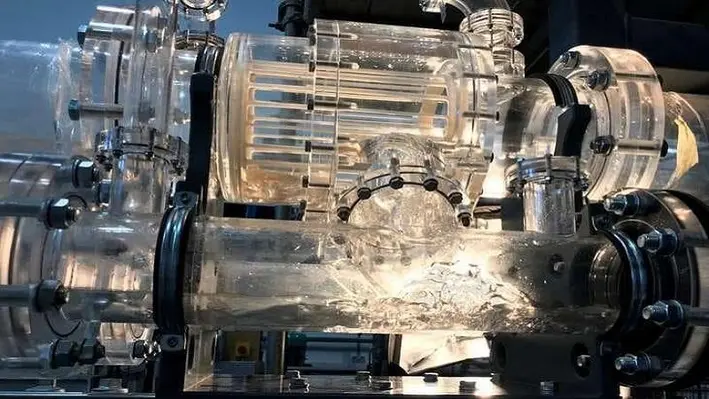

The Scottish Enterprise, Scotland's national economic development agency, has given UK£765,000 to Worley, a global provider of project and asset services in the energy, chemical and resources sectors, for full pre-production testing of its pseudo dry gas (PDG) liquid removal system.
Worley’s Enhanced Subsea Gas Tieback Project reduces operational CO2 emissions in gas fields by more than 90%, while increasing technical and commercial viability.
The technology removes the need for topsides and costly compression by reducing back pressure in the pipeline and the shape of the resistance curve. This reduces the associated high carbon emissions and allows for greater tie-back distances.
Andy McDonald, Head of Low Carbon Transition at Scottish Enterprise, commented, “As the energy industry strives towards sustainability, it’s important to support solutions that enable decarbonisation. The pseudo dry gas technology developed by the Worley team in Aberdeen and supported by Scottish Enterprise will contribute to lower carbon emissions across industrial processes.”
Worley’s pre-production testing will build upon the first prototype which was created and tested in 2020. The scope includes the fabrication of a large-scale unit, a magnetic drive subsea pump, and a supporting subsea control system. These are being tested as a system under pressures of more than 130 bar over the expected operational envelope, with a variety of hydrocarbon fluids.
Ahead of this project, Worley conducted several techno-economic concept field studies for various operators. These studies demonstrated the system’s improved recovery levels compared to competing technology, due to efficiency gains within a tie-back. The studies also showed that upstream CO2 emissions are reduced by the elimination of compression-based systems.
“Driving lower carbon technologies to help our customers is aligned with our purpose of delivering a more sustainable world,” said Andrew Berryman, Group President of Technology Solutions at Worley, “It’s significant that PDG has been identified by industry and government bodies as an enabler for emissions reduction and look forward to expanding its use in industry.”
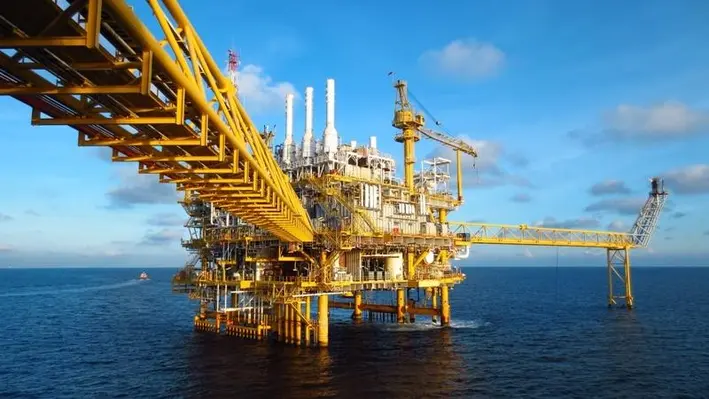
 EnQuest, a production and development company, with operations in the UK North Sea and Malaysia, has provided an update on its operational performance, decommissioning business and for the year 2021.
EnQuest, a production and development company, with operations in the UK North Sea and Malaysia, has provided an update on its operational performance, decommissioning business and for the year 2021.
The company also reported that its debt reduction continues with strong cash flow and improved macro conditions.
EnQuest chief executive, Amjad Bseisu, commented, “Our decommissioning business performed better than expected, while our emissions were 45.7% below the North Sea Transition Deal 2018 baseline, and close to the 2030 target of 50%. I am very pleased we are industry-leading in emission reductions and am excited about our new energy initiatives around Sullom Voe.
“The supportive macro environment and higher oil prices allow us to look forward to organic growth to offset natural declines. We remain focused on continuing to reduce our net debt while selectively investing in our low-cost, quick payback well portfolio. At the same time, we will continue to be disciplined with respect to M&A opportunities.
“EnQuest’s business is strongly positioned to play an important role in the energy transition. We will do so by responsibly optimising production, leveraging existing infrastructure, delivering strong decommissioning performance and exploring new energy and further decarbonisation opportunities.”
The company also reported that during the year, a production enhancement programme, including a coil tubing intervention campaign was undertaken, restoring four wells to production. Repairs to a compressor gearbox failure which resulted in single train operations during much of the fourth quarter of 2021 were completed and both trains are now in operation.
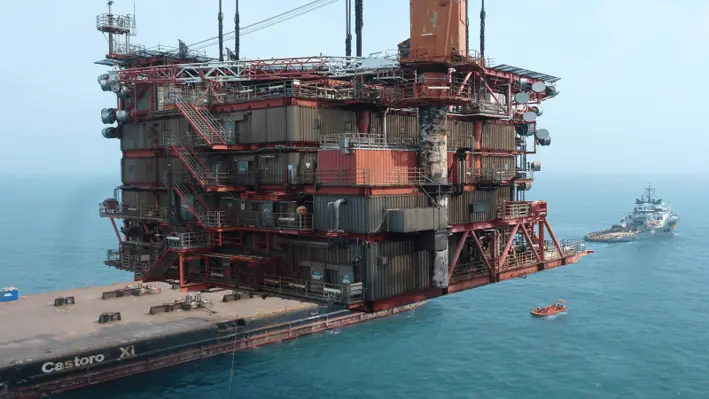

Global Maritime has recently completed the Marine Warranty Scope (MWS) for decommissioning the LOGGS Complex in southern North Sea.
The five platforms, linked by bridge, were removed with Saipem vessel S7000 and were supported by the North Sea Giant.
All of the jackets, topsides and bridges have been transported to Able UK, Hartlepool, where they will be dismantled and recycled.
Robert Askins, London Operations Managers, commented, “Global Maritime are delighted to achieve this significant milestone. Working collaboratively with the client to complete this complex decommissioning campaign safely and efficiently is a testament to our strong working relationship.”
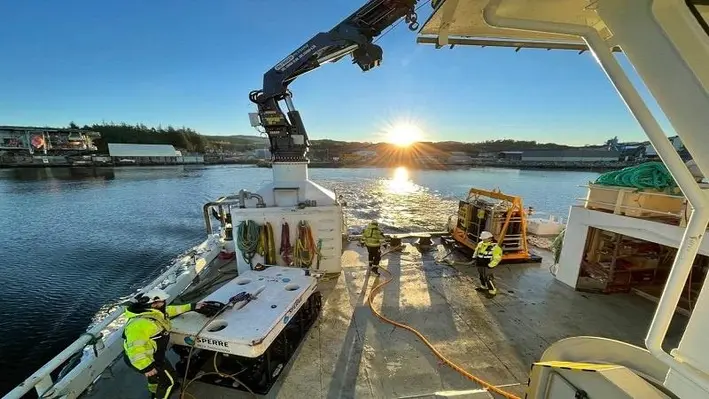

Innova AS and Teledyne Energy System Inc. have demonstrated how hydrogen can be used for local power of subsea control systems.
Teledyne’s Subsea Fuel Cell Supercharger is a hydrogen and oxygen fuel cell electric power source designed to operate on the ocean floor with no connection to the surface. It is inherently load following and provides power on demand. The subsea hydraulic power unit (sHPU) developed by Innova provides control fluids, grease and chemicals for different subsea application at a pressure up to 690 bar.
The demonstration included a well intervention simulation in which the Subsea Supercharger powered the Innova sHPU. The two systems were integrated and effectively deployed to a depth of 235 metres (770 feet) where a low viscosity fluid was pumped to a pressure of 180 bar (2,600 psi) for 30 minutes, six times a day.
The Subsea Supercharger transitioned from ‘Sleep-mode’ to ‘On’ in response to power demands from the sHPU as it repeatedly cycled on and off.

The system was designed to provide the offshore oil and gas community with an environmentally responsible backup power alternative for failing umbilical power sources as well as untethered power for green field development or brown field sustainment. It is also capable of powering resident ROVs, providing energy for autonomous underwater vehicle (AUV) charging docks, back-up power for subsea control systems, and supports transition to green hydrogen from fossil fueled surface-based systems.
The demonstration took place at the Norwegian Center for Offshore Education, Tau Autonomy Center in Tau, Norway. The next validation test will occur in the spring of 2022 and will incorporate the Subsea Supercharger with an AUV charging dock to demonstrate untethered, long-duration AUV operations.
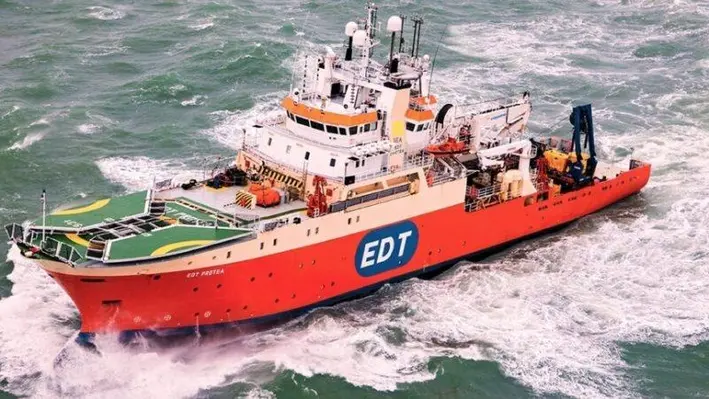
 N-Sea Group has signed a long-term vessel agreement with EDT Offshore for the EDT Protea, which has a strong track record in Subsea services in both AIR diving and ROV intervention works.
N-Sea Group has signed a long-term vessel agreement with EDT Offshore for the EDT Protea, which has a strong track record in Subsea services in both AIR diving and ROV intervention works.
With its sleek design and DP3 capability, the advanced DP-3 Multi-Purpose Offshore Support Vessel is ideal for working in close proximity to assets. This, along with a 50t AHC crane, forms the perfect platform for total subsea solutions. The vessel holds a solid track record for continuous diving operations in the North Sea for many years.
N-Sea has taken significant steps of planned growth; creating a sound and healthy environment that warrants investments, establishes strong strategic partnerships, and sets the stage for long-term client relationships.
As well as the previously announced agreement with Geo Plus for the Geo Focus, the EDT Protea is one of the six vessels that N-Sea will have under full management and control. By having long term control over vessels, it allows N-Sea to provide safer, and more efficient, operations working with fully committed and integrated teams on board. Through the N-Sea dedicated vessel initiative N-Sea offers its clients a unique set of subsea solution capabilities fully supported by N-Sea’s own experts.
“I would like to congratulate and thank EDT Offshore on this unique opportunity, as it reconfirms N-Sea’s position as one of the most diverse companies in the subsea solution industry. We are creating a community of entrepreneurship, knowledge, experience, and innovation. The EDT Protea is an important tool in achieving this goal,” said N-Sea Group CEO Arno van Poppel.
"Together with our qualified and engaged staff we look forward to creating new and exciting opportunities further exploring existing and engaging in new long-term relationships with our valued clients, delivering the best optimised subsea solutions for them."
The parties will start their joint operations under the agreement in March 2022.
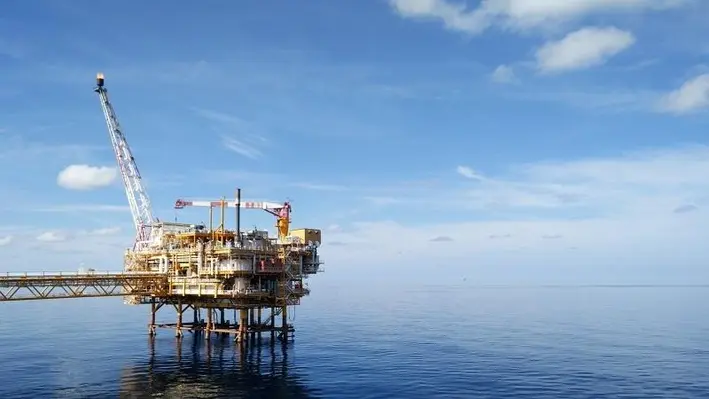

Serica Energy, a British independent oil and gas exploration and production company with a portfolio of exploration, development and production assets, has indicated its intention to pursue a well intervention campaign in the years to come.
In its recently published Corporate Update presentation for the year ended 31 December 2021, the company made the announcement alongside its intention to continue with its programme of through-cycle investment in its diversified portfolio of assets; drilling for the North Eigg exploration well in the summer of 2022; and its plans to grow cash balances to offer increasing options for futher investment, acquisition and distributions.
In the statement, the company wrote, “Plans are also in place for a well intervention campaign to take place in 2022 to improve the production potential of several Bruce and Keith wells during subsequent years.”
Bruce and Keith are two assets off the coast of the Orkney Islands. Together with Rhum, they provide a significant contribution to the UK gas demands and are estimated to contain net 2P reserves of 50.9 mmboe as of 01.01.21, of which more than 80% is gas.
Page 26 of 35
Copyright © 2025 Offshore Network